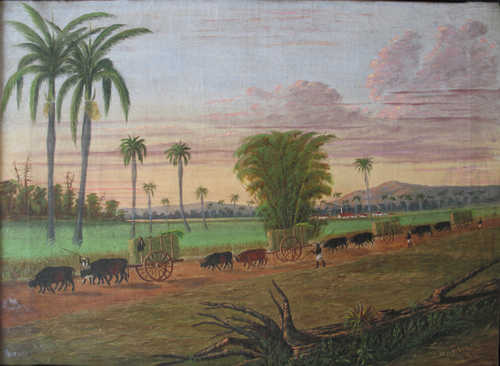Keywords: Historical buildings
Item 31422
Scarborough Historical Society and Museum Building, ca. 1964
Contributed by: Scarborough Historical Society & Museum Date: circa 1964 Location: Scarborough Media: Photographic print
Item 14444
Bar Harbor Historical Society, ca. 1997
Contributed by: Bar Harbor Historical Society Date: circa 1997 Location: Bar Harbor Media: Wood
Item 38578
Assessor's Record, 485 Congress Street, Portland, 1924
Owner in 1924: Maine Historical Society Use: Office
Item 38579
Assessor's Record, 485 Congress Street, Portland, 1924
Owner in 1924: Maine Historical Society Use: Dwelling - Single family
Item 151384
Maine Historical Society, Portland, ca. 2015
Contributed by: Maine Historical Society Date: circa 2015 Location: Portland Client: Maine Historical Society Architect: Carol A. Wilson; Carol A. Wilson Architect
Item 151363
Georgetown Historical Society, Georgetown, 2003-2006
Contributed by: Maine Historical Society Date: 2003–2006 Location: Georgetown Client: Georgetown Historical Society Architect: Carol A. Wilson; UJMN and Carol A. Wilson Architects
Exhibit
Student Exhibit: Historic Buildings on Madison Ave in Skowhegan
Take a tour and see some of the beautiful old buildings that used to be on Madison Avenue, Skowhegan? A few still remain, but most have been torn down.
Exhibit
MHS in Pictures: exploring our first 200 years
Two years after separating from Massachusetts, Maine leaders—many who were part of the push for statehood—also separated from Massachusetts Historical Society, creating the Maine Historical Society in 1822. The legislation signed on February 5, 1822 positioned MHS as the third-oldest state dedicated historical organization in the nation. The exhibition features MHS's five locations over the institution's two centuries, alongside images of leaders who have steered the organization through pivotal times.
Site Page
View collections, facts, and contact information for this Contributing Partner.
Site Page
View collections, facts, and contact information for this Contributing Partner.
Story
Biddeford City Hall: an in-depth tour of this iconic building
by Biddeford Cultural & Heritage Center Voices of Biddeford project
Visual tour and unique insights of Biddeford’s historical landmark
Story
Maine and the Atlantic World Slave Economy
by Seth Goldstein
How Maine's historic industries are tied to slavery
Lesson Plan
Building Community/Community Buildings
Grade Level: 6-8
Content Area: Social Studies
Where do people gather? What defines a community? What buildings allow people to congregate to celebrate, learn, debate, vote, and take part in all manner of community activities? Students will evaluate images and primary documents from throughout Maine’s history, and look at some of Maine’s earliest gathering spaces and organizations, and how many communities established themselves around certain types of buildings. Students will make connections between the community buildings of the past and the ways we express identity and create communities today.
Lesson Plan
Longfellow Studies: The Writer's Hour - "Footprints on the Sands of Time"
Grade Level: 3-5
Content Area: English Language Arts, Social Studies
These lessons will introduce the world-famous American writer and a selection of his work with a compelling historical fiction theme. Students take up the quest: Who was HWL and did his poetry leave footprints on the sands of time? They will "tour" his Cambridge home through young eyes, listen, and discuss poems from a writers viewpoint, and create their own poems inspired by Longfellow's works. The interdisciplinary approach utilizes critical thinking skills, living history, technology integration, maps, photos, books, and peer collaboration.
The mission is to get students keenly interested in what makes a great writer by using Longfellow as a historic role model. The lessons are designed for students at varying reading levels. Slow learners engage in living history with Alices fascinating search through the historic Craigie house, while gifted and talented students may dramatize the virtual tour as a monologue. Constant discovery and exciting presentations keep the magic in lessons. Remember that, "the youthful mind must be interested in order to be instructed." Students will build strong writing skills encouraging them to leave their own "footprints on the sands of time."






















